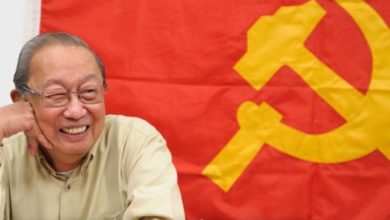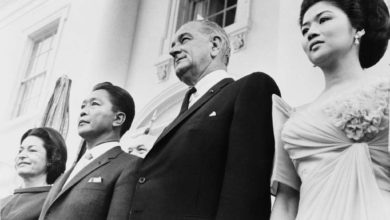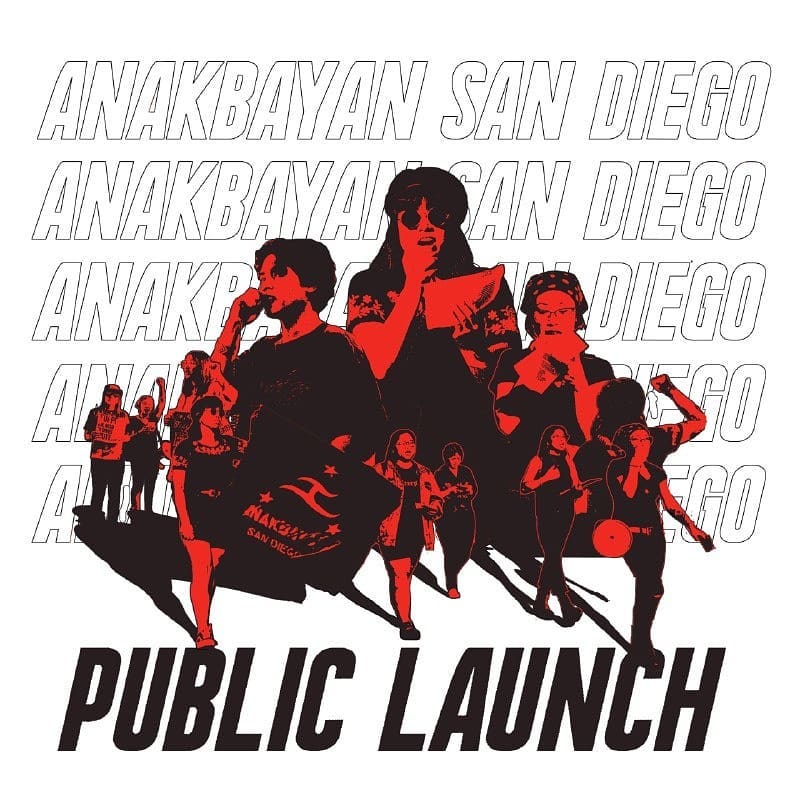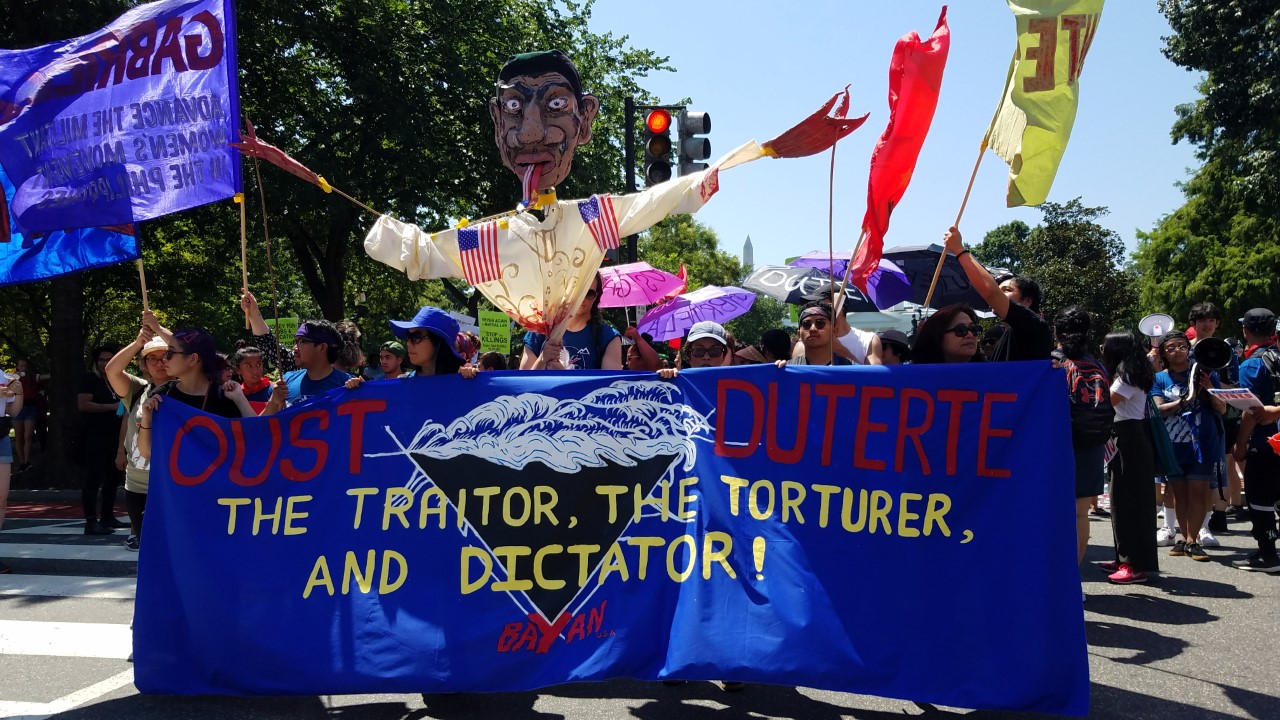
In the aftermath of Sept. 11, 2001, U.S. officials have launched a virtual “endless war” on the world. Along with wars against Iraq and Afghanistan, and threats against countless other countries, the Philippines—particularly, the struggle for liberation of the Moro people on the island of Mindanao in the southern Philippines—has been cited as a primary target of U.S. imperialist strategy in Asia.
In May 2005, U.S. Ambassador to the Philippines, Joseph Mussomeli, told the Australian current affairs program Dateline, “Certain portions of Mindanao are so lawless, so porous … that you run the risk of it becoming like an Afghanistan situation. Mindanao is almost, forgive the poor religious pun, the new ‘Mecca’ for terrorism.”
After the 2001 ouster of Philippine president Joseph Estrada, the regime of Gloria Macapagal-Arroyo, under pressure from the strong democratic movement, acted to revive the peace negotiations between the Government of the Republic of the Philippines and the Moro Islamic Liberation Front. Earlier peace talks had been derailed by the Estrada regime when it declared all-out war against the MILF—jailing, torturing and murdering countless innocent people as suspected “terrorists.”
The peace talks between the Arroyo regime and the MILF were progressing towards a resolution that included measures that would recognize the right of the Bangsamoro people—the Moro nation—to self-determination and autonomy.
However, immediately after 9/11, President Arroyo was the first leader of a U.S. client state to line up with the Bush administration’s so-called global “war on terror.” In November 2001, only weeks after the invasion of Afghanistan, Arroyo made the rounds in Washington, meeting with Secretary of Defense Donald Rumsfeld and President Bush.
“We have a strategic framework for fighting terrorism,” she said, “and it is a framework our officials are discussing with the United States. Both countries are looking at this framework and looking at where the partnership in fighting terrorism domestically, regionally and globally can become more effective.”
Since then, the Philippine government has waged a ruthless war of repression against the people of Mindanao and a propaganda campaign of “Islamaphobia” aimed at demonizing Muslims in Mindanao as criminals linked to “international terrorism.” This effort seeks to weaken the broad political struggle throughout the Philippines against U.S. imperialism that has continued for over 100 years.
Targeting the MILF and the liberation movement of the Moro people is one part of a two-pronged reactionary campaign by the government against the liberation movement in the south and the overall national struggle. The other prong targets the National Democratic Front of the Philippines, particularly the Communist Party of the Philippines and the New People’s Army. The Bush administration and the Council of the European Union have added to their terrorist list revolutionary leader Professor Jose Maria Sison, the chief political consultant for the NDFP. This accusation is baseless, a shameless political ploy to discredit the democratic movement.
Mindanao’s anti-colonial roots

Mindanao, with a population of more than 18 million, is the second largest island in the Philippines. It is home to 3.2 million Muslims with 13 major linguistic groups, plus 1.5 million indigenous Lumad peoples in 18 ethnic tribes and 13.7 million non-ethnic Filipinos who make up the majority population in the region.
When Spain colonized the Philippines in 1521, it became the sole owner of the island and its resources. Spanish colonial rule lasted for more than 400 years. Yet, Spain never fully conquered Mindanao because of intense resistance from the Moro, who already had a very developed political and economic structure.
When the United States claimed hegemony over the Philippines in 1898—along with Cuba, Puerto Rico and Guam—they were unable to fully subdue the Filipino people. In fact, the people fiercely resisted U.S. colonization. In response, the U.S. government initiated a reign of terror, murdering over 600,000 civilians. This slaughter was accompanied by a racist campaign of vilification inside the United States aimed at mobilizing pro-war sentiment at home.
Some of the stiffest resistance to U.S. penetration of the Philippines took place among the Moro people, who had fought tenaciously against Spanish rule. In addition to a campaign of terror against Moro civilians, including murder, prison and torture, non-Moro Filipinos, mainly Christians from elsewhere in the nation, were fed propaganda stating that Moro and Lumad peoples were “savages” or “pagans.” They were encouraged to settle in Mindanao to bring “civilization” to the region.
Today, the conflict in Mindanao is still presented in the bourgeois mass media as a “religious” conflict to mask the true anti-colonial character of the struggle. The demonization of Muslims in Mindanao as “terrorists” serves to undermine national unity in the struggle against both U.S. imperialism and the Filipino comprador bourgeoisie that does the bidding of its U.S. masters.
Why is Mindanao such a focus of U.S. capitalist interests?
Mindanao is a major producer of agricultural goods, raw minerals and seafood. Mindanao workers toil at starvation wages, exporting millions of tuna, pineapples, coconuts and bananas to the world each year.
Mindanao’s deep-water port, adjacent to world shipping lanes, naturally protected from typhoons and strategically situated in Southeast Asia, is undoubtedly coveted by U.S. military strategists. This is especially true since the popular will of the Filipino national movement forced the U.S. military to close its mega-bases in the Philippines, Clark Air Force and Subic Bay, in 1992.
Anti-imperialist solidarity
Since 1970, over 100,000 people have died in the war in Mindanao. Increasingly, the Armed Forces of the Philippines have relied on U.S. military “advisors” to assist in troop deployments to so-called “hot spots” in Mindanao. These military sorties are, in reality, an attempt to terrorize the civilian population into submission. Random killings of innocent villagers, abductions, disappearances, detention and torture are systematically employed by the AFP with U.S. support.

This effort, however, has heightened the resistance of the Moro people and their mass organizations. It has also prompted Christian and other non-Moro sectors to express militant solidarity with the Moro struggle and to organize united efforts against the government attacks on the population.
An August 2005 international conference of Muslim-Christian solidarity held in General Santos City, Mindanao, made the following statement:
“Unity in the Face of Empire: What is now true is that President Bush, his multinational corporate allies and their cohorts around the world have been unmasked as the Empire. This empire has become the primary terrorist in our time, attacking countries under the guise of preemptive strikes and subjecting Muslims to indignity. The Moro people have felt acutely the demonization of Muslims around the world. The presence of U.S. armed forces in Mindanao and elsewhere in the Philippines under the insidious Visiting Forces Agreement … not only violate the Philippine constitution but also dim chances for genuine peace. … A better Philippines waits for us as long as the struggle to live out this hope is done within the context of resistance to empire.”
Since the U.S. bases were kicked out in 1992, the Arroyo regime has received massive funding from the U.S. government for its “war on terror,” including $126 million for training and military supplies; $3.2 billion for government, NGO and business deals; $357 million in direct military aid and more.
Despite this infusion of cash from the United States, the Philippines has the highest national debt of any Asian nation. The country has been drained by policies of globalization and the looting of the national treasury by corrupt politicians loyal to the United States. Per capita spending for health care has been cut by 50 percent in the last 10 years, and 88 percent of the Filipino people live in poverty. (UN Human Development Report 2003)
In a region so rich in natural resources, it is shocking that the local population should suffer grievously under the policies of “free trade” agreements that suck the wealth out of the country, leaving the population hungry and without means of subsistence. The Moro people’s growing resistance—both mass and armed—to U.S.-financed aggression, along with growing solidarity among the non-Moro population of the Philippines, signals a deepening of the struggle in the period ahead.
Building international solidarity with the struggle for self-determination of the people of Mindanao and the workers and peasants of the Philippines is a crucial task for the anti-imperialist movement in the United States and elsewhere.
The author represented the anti-imperialist ANSWER (Act Now to Stop War and End Racism) Coalition at the Muslim-Christian solidarity conference in Mindanao in August 2005.
Soldiers in the Moro Islamic Liberation Front.
Photo: Erik De Castro
Photo: Rolex Dela Pena






